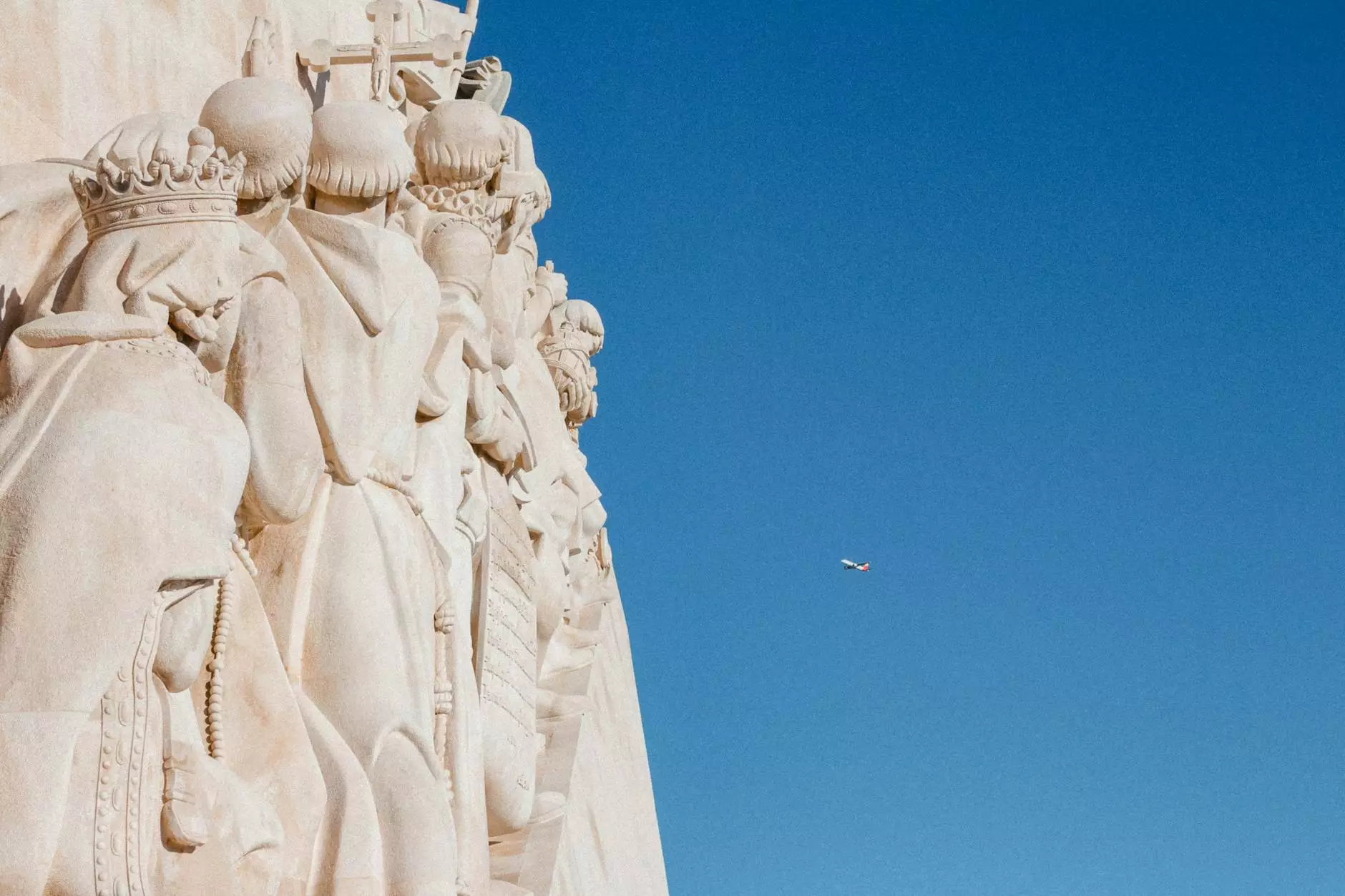Creating a Scavenger Hunt for Adults: A Fun and Engaging Activity

In the realm of entertainment and engagement, creating a scavenger hunt for adults stands out as a thrilling way to blend competition, creativity, and collaboration. This activity, which has long been associated with childhood fun, can be tailored to suit the tastes and preferences of an adult crowd, providing them with memories to cherish and stories to tell. Whether you are organizing a corporate team-building event, a social gathering among friends, or a unique date night, a well-planned scavenger hunt can elevate the experience to new heights. Below, we explore how to craft a successful scavenger hunt that captivates adult participants and leaves them wanting more.
Understanding the Objective of the Scavenger Hunt
The first step in creating a scavenger hunt for adults is to define the primary objectives of the event. Understanding what you want to achieve will guide your planning process. Some common objectives include:
- Team Building: Encourage collaboration and bonding among participants.
- Social Interaction: Facilitate networking or strengthen friendships.
- Problem Solving: Stimulate critical thinking and creativity.
- Entertainment: Offer a fun and engaging experience to break the monotony of daily life.
By outlining your goals, you can tailor the scavenger hunt to meet the needs and preferences of your group.
Choosing a Theme for Your Scavenger Hunt
A well-thought-out theme can elevate your scavenger hunt from ordinary to extraordinary. Consider the interests and demographics of your participants when selecting a theme. Some exciting themes include:
- Vintage Treasure Hunt: Incorporate elements from the past, such as historical clues or tasks.
- Nature Exploration: Ideal for outdoor gatherings, focusing on flora and fauna.
- Hollywood Glam: Base challenges around popular films, celebrity trivia, and red carpet moments.
- Culinary Adventure: Tie in food-related clues and tasks, perhaps culminating in a group meal or cooking class.
- Local Discovery: Highlight interesting landmarks, unique shops, and hidden gems within your community.
The theme should resonate with your audience, making the experience feel more personalized and engaging.
Planning the Logistics of the Scavenger Hunt
Once you have defined your objectives and chosen a theme, it's time to delve into the logistics of your scavenger hunt. Here are the key elements to consider:
1. Location Selection
Choose a location that is accessible and conducive to a scavenger hunt. This could be an urban area, a park, a corporate office, or even your backyard. Make sure the area is safe and has enough points of interest for the challenges you plan to implement.
2. Group Size
Determine how many participants will take part in the scavenger hunt. This will help you decide whether to create smaller teams or have a larger group compete as one. Smaller groups often enhance teamwork and communication, while larger groups can introduce a fun competitive atmosphere.
3. Time Frame
Decide how long the scavenger hunt will last. A typical scavenger hunt can range anywhere from one hour to half a day, depending on the complexity of the tasks and the number of locations involved. Ensure to communicate the time limit clearly to all participants, as it keeps the event organized and engaging.
4. Rules and Guidelines
Establish clear rules for the scavenger hunt to ensure a smooth operation. This includes guidelines on how to earn points, how to collaborate without cheating, and what is or isn’t allowed during the hunt. Having rules in place helps maintain order and fairness.
Designing Creative Challenges and Clues
The heart of your scavenger hunt lies in the challenges and clues you create. These elements should align with your theme and engage participants effectively.
1. Variety of Tasks
Incorporate a mix of different types of challenges to keep things interesting. Here are some ideas:
- Puzzles: Create riddles or brain teasers that lead to the next clue.
- Photo Challenges: Ask teams to take creative photos at specific locations or with particular items.
- Physical Challenges: Incorporate fun tasks that require movement, such as skipping, dancing, or team relays.
- Trivia Questions: Pose questions related to your theme or the locality that participants must answer correctly.
2. Clue Crafting
Writing the clues is crucial as they guide participants throughout the scavenger hunt. When crafting clues, consider the following:
- Write Clearly: Ensure your clues are easy to read and comprehend.
- Be Creative: Use wordplay or thematic references to make clues fun and engaging.
- Provide Hints: If a clue proves too challenging, consider offering hints to keep participants motivated.
Incorporating Technology into Your Scavenger Hunt
In an era driven by technology, consider integrating mobile apps or digital platforms to modernize your scavenger hunt. This could include:
- Scavify: A platform that allows you to create interactive scavenger hunts with team management and fun challenges.
- GooseChase: An app that lets you run virtual scavenger hunts across various locations.
- Social Media Integration: Encourage participants to post their experiences on social media, using a specific hashtag to share moments.
Using technology not only streamlines organization but also enhances engagement through real-time updates and interactions.
Preparing for Event Day
As the day of the scavenger hunt approaches, take time to ensure everything is in place. Here are some final preparations:
1. Team Assignments
Decide how you will assign participants to teams. You might consider random assignments, pre-planned teams based on relationships, or allowing participants to form their own groups. Each team should have a name and possibly even team colors or identifiers to foster camaraderie.
2. Briefing Participants
Before kicking off the scavenger hunt, gather all participants for a briefing. Explain the rules, share the theme, and go over the tasks they will encounter. This is also a great time to build excitement and encourage friendly competition!
3. Safety Precautions
Ensure the safety and well-being of all participants. This includes discussing any necessary safety measures, providing first-aid kits, and ensuring all activities are appropriate for the location and audience.
Post-Event Engagement
After the scavenger hunt, don’t let the excitement fade. Consider the following strategies for post-event engagement:
- Award Ceremony: Host a fun award ceremony celebrating winners and standout teams.
- Feedback Survey: Gather participant feedback to assess what worked well and what could be improved for future events.
- Share Photos and Highlights: Create a shared album for participants to relive the memories and share experiences, further increasing the sense of community.
Conclusion
Creating a scavenger hunt for adults is an innovative approach to enhancing social interactions and community bonding. Through careful planning, creativity, and a focus on engagement, you can craft an unforgettable experience that mixes fun with meaningful connections. Whether it’s for a corporate event, a birthday celebration, or a casual gathering, a scavenger hunt promises to deliver excitement and camaraderie. So gather your friends, coworkers, or family, and embark on an adventure that blends teamwork, problem-solving, and exploration into one unforgettable day.
To start organizing your scavenger hunt today, visit Grapevine Quest, where we provide additional resources and expertise in creating engaging activities for all ages. Join us as we explore the exhilarating world of scavenger hunting!









